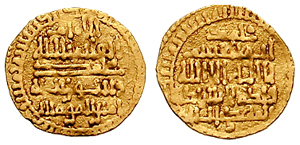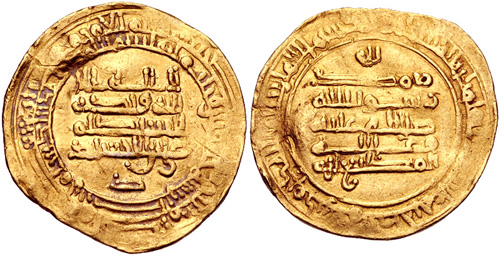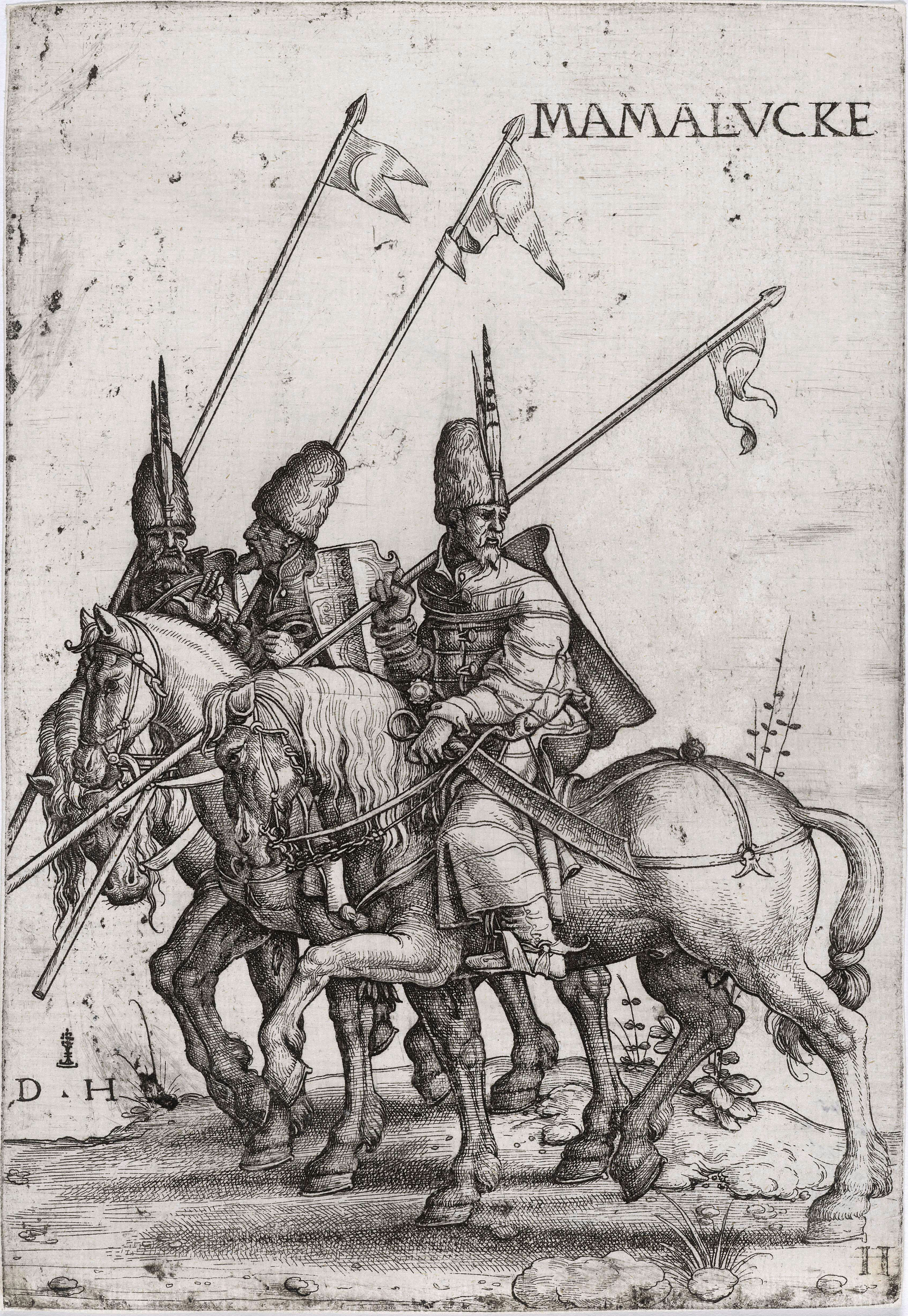|
Ikhshidid
The Ikhshidid dynasty (, ) was a Turkic mamluk dynasty who ruled Egypt and the Levant from 935 to 969. Muhammad ibn Tughj al-Ikhshid, a Turkic mamluk soldier, was appointed governor by the Abbasid Caliph al-Radi. The dynasty carried the Arabic title " Wāli" reflecting their position as governors on behalf of the Abbasids. The Ikhshidids came to an end when the Fatimid army conquered Fustat in 969. The Ikhshidid family tomb was in Jerusalem. Max Van BerchemMIFAO 44 - Matériaux pour un Corpus Inscriptionum Arabicarum Part 2 Syrie du Sud T.2 Jérusalem Haram (1927) p13-14 (no.146): “L’émir Muhammad mourut à Damas en 334 (946) et son corps fut transporté et inhumé à Jérusalem. L’émir Unūdjūr mourut en 349 (960) et son corps fut porté à Jérusalem et inhumé à côté de celui de son père. L’émir ‘Ali mourut en 355 (966) et son corps fut transporté à Jérusalem et inhumé à côté de ceux de son père et de son frère. Enfin l'ustādh Kāfūr mourut en 3 ... [...More Info...] [...Related Items...] OR: [Wikipedia] [Google] [Baidu] |
Fatimid Conquest Of Egypt
The Fatimid conquest of Egypt took place in 969, as the troops of the Fatimid Caliphate under the general Jawhar captured Egypt, then ruled by the autonomous Ikhshidid dynasty in the name of the Abbasid Caliphate. The Fatimids launched repeated invasions of Egypt soon after coming to power in Ifriqiya (modern Tunisia and eastern Algeria) in 909, but failed against the still strong Abbasid Caliphate. By the 960s, however, while the Fatimids had consolidated their rule and grown stronger, the Abbasid Caliphate had collapsed, and the Ikhshidid regime was facing prolonged crisis: foreign raids and a severe famine were compounded by the death in 968 of the strongman Abu al-Misk Kafur. The resulting power vacuum led to open infighting among the various factions in Fustat, the capital of Egypt. The atmosphere of crisis was deepened by the simultaneous advances of the Byzantine Empire against the Muslim states of the Eastern Mediterranean. Meanwhile, Fatimid agents operated openly in ... [...More Info...] [...Related Items...] OR: [Wikipedia] [Google] [Baidu] |
Abu'l-Misk Kafur
Abu al-Misk Kafur () (905–968), also called al-Laithi, al-Suri, al-Labi was a dominant personality of Ikhshidid Egypt and Syria."Kāfūr, Abu'l Misk al-Ikhsidi." ''E.J. Brill's first encyclopaedia of Islam 1913-1936''. Edited by: M. Th. Houtsma, E. van Donzel. Brill, 1993. p. 623 Originally a black slave, probably from Nubia, he was made vizier of Egypt, becoming its ''de facto'' ruler from 946 after the death of his master, Muhammad bin Tughj. Thereafter, he ruled the Ikshidid domains—Egypt and southern Syria (including Damascus)—until his death in 968.Abū al-Misk Kāfūr." Encyclopædia Britannica. 2008. Encyclopædia Britannica Online. Jul. 2008 Biography Kafur is described by the sources variously as coming from Abyssinia (Ethiopia), the Bilad al-Sudan (Land of the Blacks) or Nubia, the latter being the most probable. Muhammad ibn Tughj, the founder of the Ikhshidid dynasty of Egypt, purchased him as a slave in 923. He is recorded as having a dark complexion and ... [...More Info...] [...Related Items...] OR: [Wikipedia] [Google] [Baidu] |
Abu'l-Fawaris Ahmad Ibn Ali
Abu'l-Fawaris Ahmad ibn Ali ibn al-Ikhshid ( ar, أبو الفوارس أحمد بن علي بن الإخشيد) was the last monarch of the autonomous Ikhshidid dynasty, which ruled Egypt, Syria and the Hejaz, from 968 to 969. However, he was a child and did not exercise actual rule, being instead under the tutelage first of the vizier Ja'far ibn al-Furat and then of his uncle al-Hasan ibn Ubayd Allah ibn Tughj. His reign ended with the conquest of Egypt by the Fatimids in summer 969. Life Ahmad was the son of the third Ikhshidid ruler, Abu'l-Hasan Ali ibn al-Ikhshid, and grandson of the dynasty's founder, Muhammad ibn Tughj al-Ikhshid. When his father Ali died in January 966, he was only ten; consequently, the powerful Abu'l-Misk Kafur, who had long been the virtual ruler of the state, assumed the reins of power himself. Ahmad succeeded to the throne after Kafur's death in April 968, but the situation in Egypt was critical: the vizier Ja'far ibn al-Furat tried to control t ... [...More Info...] [...Related Items...] OR: [Wikipedia] [Google] [Baidu] |
Muhammad Ibn Tughj
Abū Bakr Muḥammad ibn Ṭughj ibn Juff ibn Yiltakīn ibn Fūrān ibn Fūrī ibn Khāqān (8 February 882 – 24 July 946), better known by the title al-Ikhshīd ( ar, الإخشيد) after 939, was an Abbasid commander and governor who became the autonomous ruler of Egypt and parts of Syria (Levant) from 935 until his death in 946. He was the founder of the Ikhshidid dynasty, which ruled the region until the Fatimid conquest of 969. The son of Tughj ibn Juff, a general of Turkic origin who served both the Abbasids and the autonomous Tulunid rulers of Egypt and Syria, Muhammad ibn Tughj was born in Baghdad but grew up in Syria and acquired his first military and administrative experiences at his father's side. He had a turbulent early career: he was imprisoned along with his father by the Abbasids in 905, was released in 906, participated in the murder of the vizier al-Abbas ibn al-Hasan al-Jarjara'i in 908, and fled Iraq to enter the service of the governor of Egypt, Tak ... [...More Info...] [...Related Items...] OR: [Wikipedia] [Google] [Baidu] |
Abu'l-Hasan Ali Ibn Al-Ikhshid
Abu'l-Hasan Ali ibn al-Ikhshid ( ar, أبو الحسن علي بن الإخشيد) was the third ruler of the autonomous Ikhshidid dynasty, which ruled Egypt, Syria and the Hejaz for the Abbasid Caliphate. He reigned for six years, between 960-966 CE. He was a younger son of the dynasty's founder, Muhammad ibn Tughj al-Ikhshid, and reigned from the death of his elder brother Unujur in 961. Actual power throughout his reign was held by the capable black eunuch Abu'l-Misk Kafur. The main events of his reign were a Nubian invasion in 963, as well as a resurgence of Bedouin unrest and raids both in the Western Desert and in the Syrian Desert, in the latter case accompanied by the reappearance of the Qarmatians. Anti-Christian riots were provoked by a defeat of the Ikhshidid fleet against the Byzantine navy in 960/963, as well as the Byzantine offensives under Nikephoros Phokas in Cilicia and northern Syria. Ali died in January 966, and was buried in Jerusalem next to his father ... [...More Info...] [...Related Items...] OR: [Wikipedia] [Google] [Baidu] |
Fatimid
The Fatimid Caliphate was an Ismaili Shi'a Shīʿa Islam or Shīʿīsm is the second-largest Islamic schools and branches, branch of Islam. It holds that the Prophets and messengers in Islam, Islamic prophet Muhammad in Islam, Muhammad designated Ali, ʿAlī ibn Abī Ṭālib as his S ... caliphate extant from the tenth to the twelfth centuries AD. Spanning a large area of North Africa, it ranged from the Atlantic Ocean in the west to the Red Sea in the east. The Fatimid dynasty, Fatimids, a dynasty of Arab origin, trace their ancestry to Muhammad's daughter Fatimah, Fatima and her husband Ali, ‘Ali b. Abi Talib, the first Imamate in Shia doctrine, Shi‘a imam. The Fatimids were acknowledged as the rightful imams by different Isma'ilism, Isma‘ili communities, but also in many other Muslim lands, including Persia and the adjacent regions. Originating during the Abbasid Caliphate, the Fatimids conquered Tunisia and established the city of "Mahdia, al-Mahdiyya" ... [...More Info...] [...Related Items...] OR: [Wikipedia] [Google] [Baidu] |
Abu'l-Qasim Unujur Ibn Al-Ikhshid
Abu'l-Qasim Unujur ibn al-Ikhshid ( ar, أبو القاسم أنوجور بن الإخشيد) was the second ruler of the Ikhshidid dynasty, which ruled Egypt, Syria and the Hejaz under the suzerainty of the Abbasid Caliphate but ''de facto'' autonomous. Unujur ruled from 946 to 960, but much of the actual power was held by the black eunuch Abu'l-Misk Kafur Abu al-Misk Kafur () (905–968), also called al-Laithi, al-Suri, al-Labi was a dominant personality of Ikhshidid Egypt and Syria."Kāfūr, Abu'l Misk al-Ikhsidi." ''E.J. Brill's first encyclopaedia of Islam 1913-1936''. Edited by: M. Th. Hout .... Unujur died in 960 CE, and was buried in Jerusalem next to his father, at a location close to the Gate of the Tribes on the Temple Mount. References Sources * 961 deaths Year of birth unknown Ikhshidids 10th-century rulers in Africa 10th-century rulers in Asia Ikhshidid emirs {{Asia-royal-stub ... [...More Info...] [...Related Items...] OR: [Wikipedia] [Google] [Baidu] |
Mamluk
Mamluk ( ar, مملوك, mamlūk (singular), , ''mamālīk'' (plural), translated as "one who is owned", meaning "slave", also transliterated as ''Mameluke'', ''mamluq'', ''mamluke'', ''mameluk'', ''mameluke'', ''mamaluke'', or ''marmeluke'') is a term most commonly referring to non-Arab, ethnically diverse (mostly Southern Russian, Turkic, Caucasian, Eastern and Southeastern European) slave-soldiers and freed slaves who were assigned military and administrative duties, serving the ruling Arab dynasties in the Muslim world. The most enduring Mamluk realm was the knightly military class in Egypt in the Middle Ages, which developed from the ranks of slave-soldiers. Originally the Mamluks were slaves of Turkic origin from the Eurasian Steppe, but the institution of military slavery spread to include Circassians, Abkhazians, Georgians,"Relations of the Georgian Mamluks of Egypt with Their Homeland in the Last Decades of the Eighteenth Century". Daniel Crecelius and Gotch ... [...More Info...] [...Related Items...] OR: [Wikipedia] [Google] [Baidu] |
Abbasid Caliphate
The Abbasid Caliphate ( or ; ar, الْخِلَافَةُ الْعَبَّاسِيَّة, ') was the third caliphate to succeed the Islamic prophet Muhammad. It was founded by a dynasty descended from Muhammad's uncle, Abbas ibn Abdul-Muttalib (566–653 CE), from whom the dynasty takes its name. They ruled as caliphs for most of the caliphate from their capital in Baghdad in modern-day Iraq, after having overthrown the Umayyad Caliphate in the Abbasid Revolution of 750 CE (132 AH). The Abbasid Caliphate first centered its government in Kufa, modern-day Iraq, but in 762 the caliph Al-Mansur founded the city of Baghdad, near the ancient Babylonian capital city of Babylon. Baghdad became the center of science, culture and invention in what became known as the Golden Age of Islam. This, in addition to housing several key academic institutions, including the House of Wisdom, as well as a multiethnic and multi-religious environment, garnered it a worldwide reputa ... [...More Info...] [...Related Items...] OR: [Wikipedia] [Google] [Baidu] |
Ikhshid
''Ikhshid'' ( sog, xšyδ, ) was the princely title of the Iranian rulers of Soghdia and the Ferghana Valley in Transoxiana during the pre-Islamic and early Islamic periods. The title is of Iranian origin; scholars have derived it variously from the Old Iranian root ''khshaeta'', "shining, brilliant", or from ''khshāyathiya'', "ruler, king" (which is also the origin of the title '' shah''). The Ikhshids of Sogdia, with their capital at Samarkand, are well attested during and after the Muslim conquest of Transoxiana. The line survived into Abbasid times, although by then its seat was in Istikhan. Among the most notable and energetic of the Soghdian kings was Gurak, who in 710 overthrew his predecessor Tarkhun and for almost thirty years, through shifting alliances, managed to preserve a precarious autonomy between the expanding Umayyad Caliphate and the Türgesh khaganate. The Arab authors report that the title was also used by the ruler of the Principality of Far ... [...More Info...] [...Related Items...] OR: [Wikipedia] [Google] [Baidu] |







.jpg)
